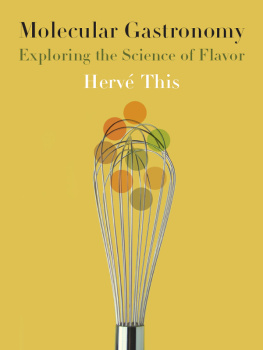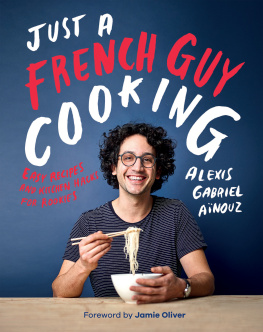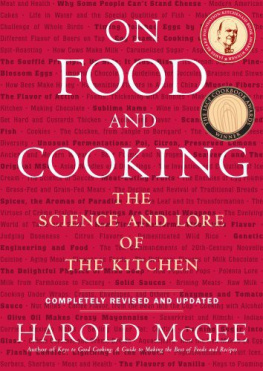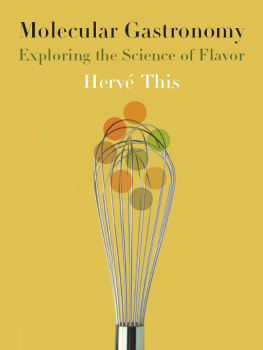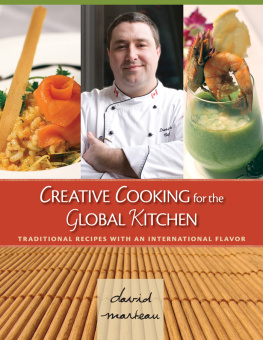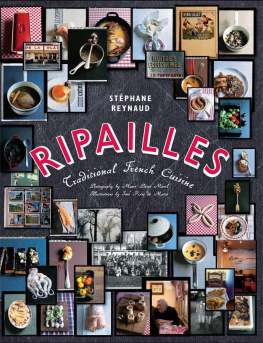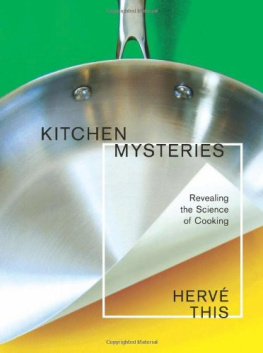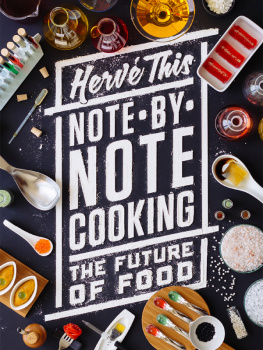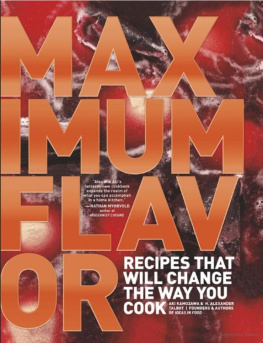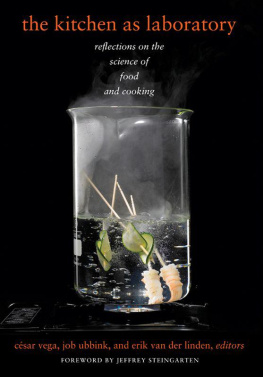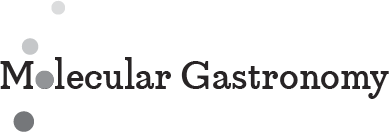ARTS AND TRADITIONS of the TABLE
ARTS AND TRADITIONS of the TABLE:
PERSPECTIVES ON CULINARY HISTORY
Albert Sonnenfeld, series editor
Salt: Grain of Life
Pierre Laszlo, translated by Mary Beth Mader
Culture of the Fork
Giovanni Rebora, translated by Albert Sonnenfeld
French Gastronomy: The History and Geography of a Passion
Jean-Robert Pitte, translated by Jody Gladding
Pasta: The Story of a Universal Food
Silvano Serventi and Franoise Sabban, translated by Antony Shugar
Slow Food: The Case for Taste
Carlo Petrini, translated by William McCuaig
Italian Cuisine: A Cultural History
Alberto Capatti and Massimo Montanari, translated by ine OHealy
British Food: An Extraordinary Thousand Years of History
Colin Spencer
A Revolution in Eating: How the Quest for Food Shaped America
James E. McWilliams
Sacred Cow, Mad Cow: A History of Food Fears
Madeleine Ferrires, translated by Jody Gladding
COLUMBIA UNIVERSITY PRESS {new york}
COLUMBIA UNIVERSITY PRESS
Publishers Since 1893
New York Chichester, West Sussex
cup.columbia.edu
Copyright ditions Pour la Science 2002.
Translation copyright 2006 Columbia University Press
All rights reserved
E-ISBN 978-0-231-50807-0
Columbia University Press gratefully acknowledges permission to reprint excerpts from The Physiology of Taste by Jean Brillat-Savarin, translated by M.F.K. Fisher, copyright 1949 by the George Macy Companies, Inc. Used by permission of Alfred A. Knopf, a division of Random House, Inc.
Library of Congress Cataloging-in-Publication Data
This, Herv.
[Casseroles et prouvettes. English]
Molecular gastronomy : exploring the science of flavor / Herv This ;
translated by Malcolm DeBevoise.
p. cm. -- (Arts and traditions of the table)
Includes bibliographical references and index.
ISBN 0-231-13312-x (alk. paper)
1. Food --Sensory evaluation. 2. Flavor. 3. Gastronomy.
I. Title. II. Series.
TX546.T5513 2005
664'.072--dc22
20050053784
A Columbia University Press E-book.
CUP would be pleased to hear about your reading experience with this e-book at .
It is not enough to know the principles, one needs to know how to manipulate.
Dictionnaire de Trvoux, quoted by MICHAEL FARADAY in the first edition of Chemical Manipulation (1827)
Contents
It takes a tough guy to raise a tender chicken! the late Frank Perdue used to proclaim in his radio and TV advertisements. Physical chemist Herv This (pronounced teess), the internationally controversial molecular gastronome, explains to us in understandable yet precise terms the science of tenderness.
What defines tenderness, anyway? How does one achieve it in the farmyard and the kitchen? What chemical interactions give a chicken the potential to be a gourmet chicken? How is tenderness perceived by the complex nerve endings and taste buds of the mouth? The current cult of Slow Food may have a basis in molecular science, or it may be mere Walden Pondish Romantic Rousseauism. After reading this absorbing book I now know what I mean when I sing, Try a little tenderness!
Herv This combines the seriousness of purpose and acumen of a respected scientist (Collge de France) with the aura of dynamic TV personality. He succeeds more than others in making what seems recondite to some accessible to all. We worry about making good French fries; here we read that there is laboratory predictability in the choice of potato variety, the slicing technique, and the discoloration that occurs when enzymes in the air hit the uncooked spud. Each scientific food inquiry raised in this book takes root in specific everyday (and useful) examples, the whys and wherefores of our very real culinary dilemmas as home cooks and consumers.
Should one salt a steak before, during, or after cooking? We must understand the chemical processes and consequences of that common ritual. How does the shape of the wine glass affect the taste of a given wine? Science gives us real answers. Our molecular gastronome could use equations, but instead he uses words, readably, eloquently, and wittily.
How to cool down a drink that is too hot? Cool your almost-boiling morning Java with cold milk and it will take ten minutes, but wait for the coffee to reach 75 F , then add the milk, and one obtains the same result after only four minutes.
And your espresso ristretto (black)? One would think that the energy deflection of the metallic spoon and the diluting effect of sugar would be dramatic. Blowing on the brew proves to be more efficient by half than stirring, even though I had always thought that spreading the heat would lead to more rapid cooling.
The era of culinology, a useful term immediately trademarked in our profit-driven culinary culture by a group called Research Chefs of America, has clearly arrived. How timely, then, is the publication of Molecular Gastronomy, the liveliest addition to the growing bibliography exploring culinary science. I might also cite the work of the Monell Chemical Senses Institute and the books of such distinguished scholars as Peter Barham, Harold McGee, and Robert L. Wolke.
Herv This explores the chemistry, physics, and technology of produce cultivation and selection, food preparation (cooking, freezing), tasting, and digestion in his pioneering TV shows and acclaimed magazine articles. His laboratories at the Institutes for Advanced Research and the seminars he codirects at the Collge de France have attracted many of the celebrity chefs to whose kitchens people flock on pilgrimages of culinary initiation.
This book is as much about the science of eating and enjoying food as about the science of its preparation. How does the brain perceive flavor and decide it is good, and how do we detect textures? Is chewing healthful or even necessary for gastronomic enjoyment? How does breaking down foods by mastication alter their chemistry and release flavors? Study the effect and techniques of flavoring and chewing gum, asserts our media-friendly gastronome, and youll understand.
One of the most fascinating debates in current food science revolves around the so-called fifth taste, umami. We had been taught that salty, sweet, sour, and bitter are the four taste sensations. As so often happens, new insights come from Asia.
Herv This traces the search for glutamate receptors, which led to a molecule that university researchers called a metabotropic glutamate receptor. That sounds intimidating! But as I read, Thiss narrative style took me out of the specialized language of a laboratory I would never dare to enter and into the excitement of scientific understanding of the molecular activity and interaction of the tongues taste buds and the noses sensors.
Molecular gastronomy is not a media-driven gimmick; This calls whatever pretentiousness resides therein the necessary price of precision.
Historically, molecular gastronomy is the consequence of the linkage of gastronomy to science in the title and content of Jean-Anthelme Brillat-Savarins Physiology of Taste (1825), made available to us in the splendid translation by M. F. K. Fisher. The science of food, which Brillat-Savarin called gastronomy, was initiated earlier by chemists in the Age of Enlightenment, the late seventeenth and eighteenth centuries, and belongs to the history of science. The kitchen was a laboratory like any other for famous doctor and pioneering chemist Antoine-Laurent Lavoisier. In Germany, Justus von Liebig, working in the Age of Positivism, applied meat extracts to the soups that still bear his name. The test tubes were pots and pans.

